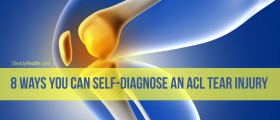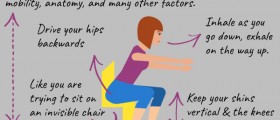
The knee joint is formed by three bones, the femur, tibia and patella. The meniscus is a specific cartilage which is placed between the bones that form the knee. This is a C shaped cartilage and its role is to act as a cushion and prevent excessive friction of the bones. The meniscus is also a vital shock absorber and it is necessary to properly distribute the weight of the body onto the knee joint. There are two menisci in the knee, lateral meniscus and medial meniscus.
Meniscus tear is a type of injury which typically features with pain and swelling. The tear is usually a consequence of traumatic knee injury. This is definitely one of the most frequent knee injuries. It usually develops due to twitching movements and affects people engaged in contact sports.
What Causes Meniscus Tear
As it has already been mentioned, meniscus tear is basically a consequence of knee injury. Still, it may also affect people suffering from degenerative illnesses of the knee joint. In majority of cases the tear is associated with sports injuries. In degenerative illnesses the cartilage deteriorates and becomes more susceptible to rupture.
Symptoms of Meniscus Tear
The symptoms of meniscus tear basically vary in intensity which depends on the severity of the tear and the location of the rupture. However, majority of patients commonly complain about pain in the knee, swelling of the affected area, limited movement and/ or stiffness of the knee joint. In some cases the knee is completely locked and patients are not capable of performing even minor movements.
If the tear is not so severe, pain and swelling may withdraw spontaneously within a few weeks. Moderate meniscus tear is accompanied by severe swelling which tends to intensify a day or two after the injury. In moderate meniscus tear patients are simply not able to bend their knee or they have difficulties if they try to perform this particular movement. Furthermore, the joint is usually stiff. Joint locking is a characteristic of severe meniscus tear where a piece of torn cartilage enters the joint and leads to its locking.
Treatment for Meniscus Tear
Treatment for this injury depends on several factors: the type of the tear, the size of the tear and its location. Since inner meniscus does not possess blood vessels its healing is challenging and requires surgical intervention. On the other hand, tear of the outer meniscus can heal without surgery since this meniscus is well supplied with blood vessels. The injury is initially treated with ice and cold compresses, anti-inflammatory medications and bed rest. Compression bandage may prevent excessive swelling of the injured area.





-Symptoms,-Diagnosis,-Treatment_f_280x120.jpg)











Your thoughts on this
Loading...